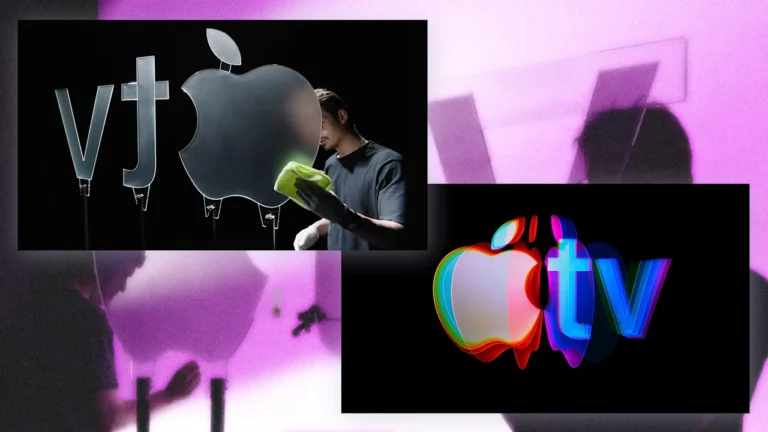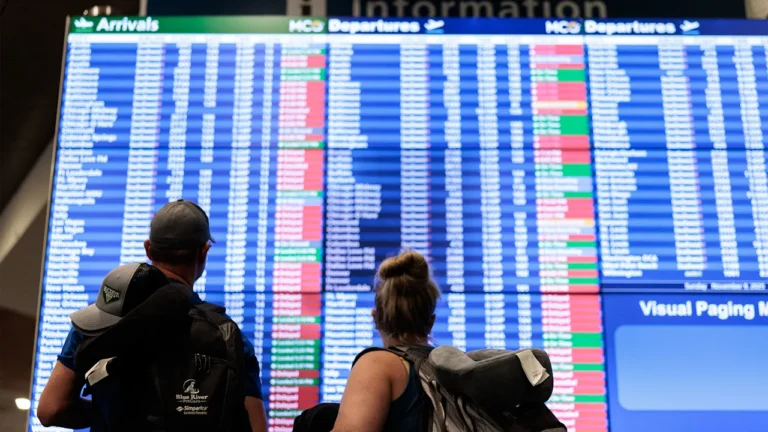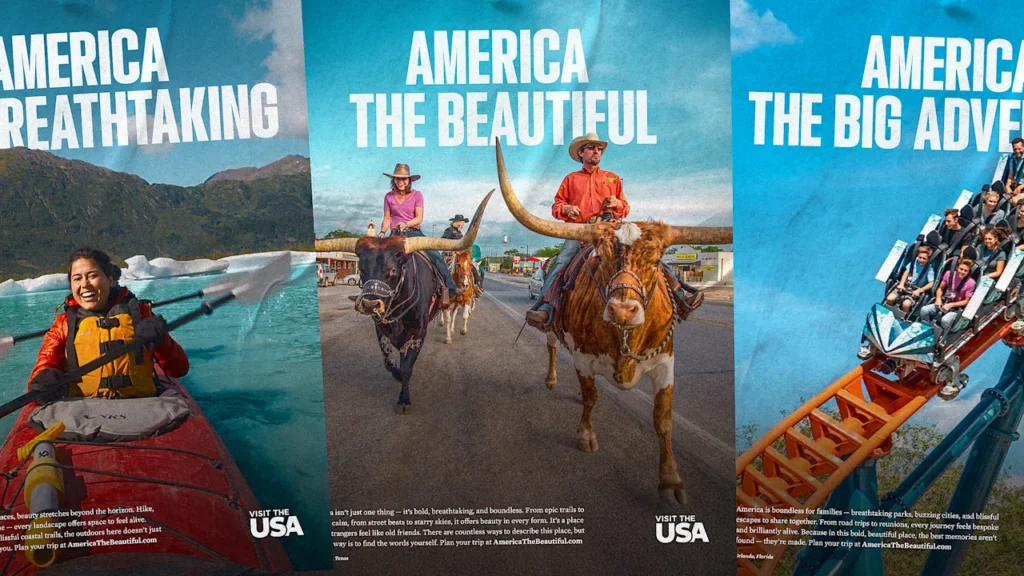
If you are reading this from outside the U.S., you may have already seen the videos. Clouds rolling over the Grand Canyon. Kids screaming down roller coasters. Snowboarders gliding through white forests.
America’s latest tourism campaign, “America the Beautiful,” is out, and it is selling the American dream. But will tourists buy it?
According to a May 2025 report from the World Travel and Tourism Council, international visitor spending to the U.S. is projected to fall to just under $169 billion in 2025, down from $181 billion in 2024. Even in 2024, 90% of all tourism spending came from domestic travel, while international travel dipped from many of the country’s key source markets, including the U.K, Germany, South Korea, Spain, Ireland, and the Dominican Republic.
The country’s national tourism marketing agency, Brand USA, developed “America the Beautiful” to rebuild confidence in these shrinking markets. The campaign glows with idealism and nostalgia for the great outdoors, the great American road trip, and majestic landscapes that pulse with life in spite of their sovereign’s attempts to turn large swaths of it over to fracking.
By choosing a title that is associated with an 1890s poem that has become one of America’s most patriotic songs, Brand USA seems to want tourists to forget about the country’s present issues and travel back to a time, or a place, where patriotism didn’t so often manifest as nationalism.
A campaign with high stakes
“America the Beautiful,” first announced in June, launched on October 20—months after Trump’s “Big Beautiful Bill” tax and spending law slashed Brand USA’s federal funding by a staggering 80%. (Travel lobbyists are now fighting with Congress to restore the budget.) The agency laid off 15% of its staff in September, and shut down its ad-supported streaming service GoUSATV, which promoted inbound tourism.
By undercutting a national tourism marketing agency that promotes the U.S. internationally, Trump ostensibly flipped the finger to global visitors, reflecting, instead, his America-first priorities.
But America needs international tourism. International visitors contributed just over $217 billion in revenue in 2019, supporting nearly 18 million jobs nationwide. The tourism sector more broadly is also a reliable driver of federal, state, and local tax revenue, contributing more than $585 billion annually. The stakes for “America the Beautiful” are high.
The fall of the American Brand
Next year will be a big year for the United States. Between America’s 250th anniversary, the 2026 World Cup that will take place across 11 U.S. cities, and the Route 66 centennial, the country is poised for celebration on many fronts.
“America the Beautiful” was timed to boost tourism ahead of those big events. Brand USA partnered with AI-powered software Mindtrip, which offers interactive maps and custom itineraries. They also created various video spots highlighting “America the Brave” and “America the Big Hearted.”
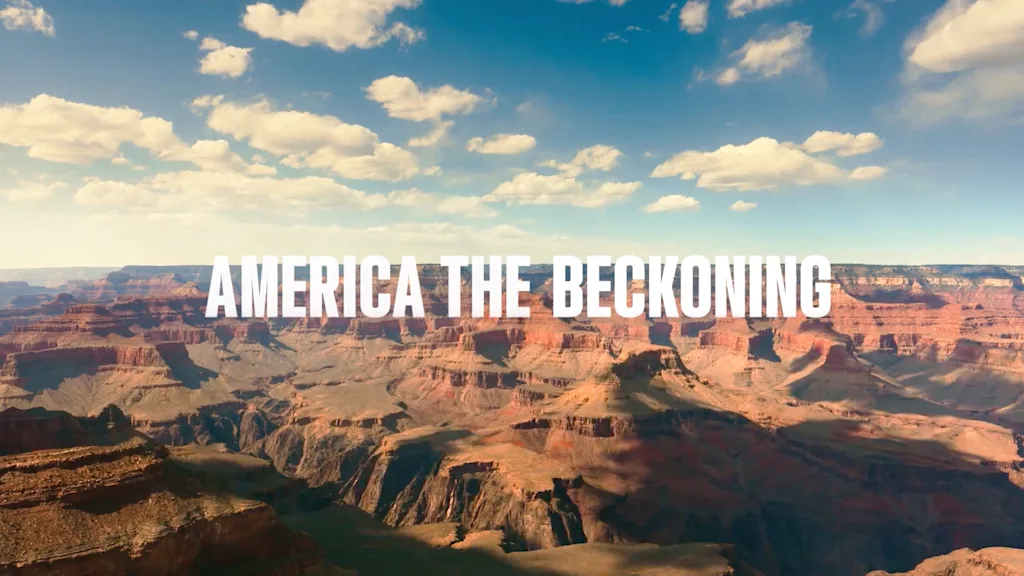
“We’re not asking people to simply visit America; we’re inviting them to feel it, taste it, and carry home experiences that become core memories,” Leah Chandler, Brand USA’s chief marketing officer, said in a recent press release.
What if not enough people don’t want what America has to offer? “My view is that advertising campaigns are useless at persuading people to change their minds about countries,” says Simon Anholt, a leading researcher and advisor on nation brands and national image. “You can’t talk yourself out of an image that you behaved yourself into.”
According to the 2025 Anholt Nation Brands Index, a systematic survey of international perceptions of countries, the United States has dropped out of the top ten for the first time in 19 years. After topping the index in both 2005 and 2016, the U.S. fell from 1st to 7th place following Trump’s election in 2016. After his re-election in 2025, the U.S. has dropped to what Anholt calls an “unprecedented” 14th place. (Japan and Germany remain at the top of the list.)
The fall isn’t just about perception. Anholt says there is a “more than 80% correlation” between a country’s score in the Nation Brands Index and the amount of money it makes from tourism, foreign investment and trade. The exact breakdown remains unclear, “but it’s a certainty that when image declines, visits decline too,” he says.
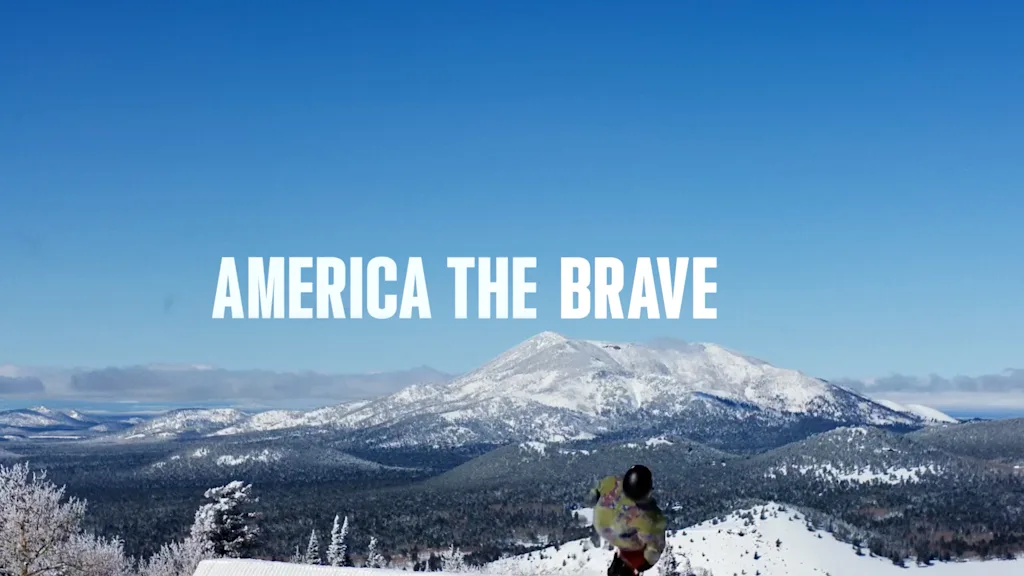
Politics or pleasure?
Whether some tourists are able to separate the political from the pleasurable will depend on who you ask. For Tom Buncle, the former chief executive of the Scottish Tourist Board and a tourism consultant who helps destinations improve their global competitiveness, the U.S. remains an appealing destination despite geopolitical tensions. “Regardless of all the issues, California is still going to have amazing beaches, Arizona is going to have amazing deserts, Florida is going to have amazing surfing, Colorado is going to have great mountains,” he told me. “Politics aren’t going to change that.”
Buncle agrees that many challenges are hard to ignore: Some tourists have said they are afraid to visit for fear of being turned away at the border. Others worry about visa restrictions and higher visa fees. “But as I keep saying, our countries, our cultures, our landscape is bigger than all of us,” says Buncle. “It’s been there for centuries, it’s going to outlast all of us.”
Anholt is less optimistic. He brings up the “halo effect,” namely when people start to dislike a country’s policies so much that they unconsciously downgrade many other unconnected aspects of the country. If tourists still want to like America, they’ll overlook the bad stuff. If they no longer want to like America, they might pick another travel destination. “Once they’ve flipped, they tend to stay flipped,” he says. And if enough people stay flipped, he adds, it will be “the beginning of payback time for America First.”
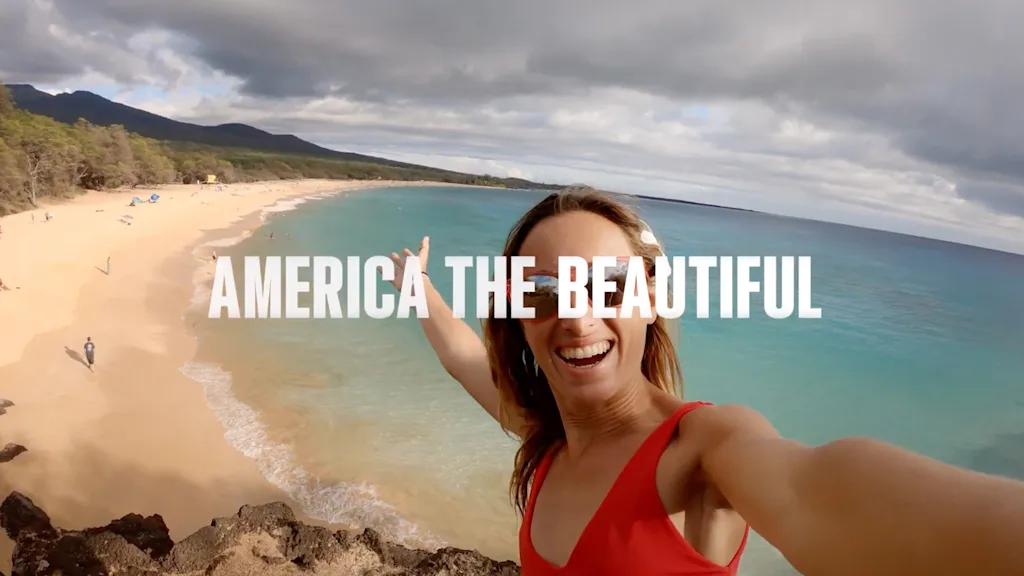
Repairing the image
Brand USA, which declined an interview, is aware of the challenges. “So what’s our assignment? At this moment, the U.S. travel industry needs a rallying cry,” Leah Chandler told Travel Weekly in July. “We know that international audiences still love many things about the U.S. and are connected to the people through our culture and our stories. And while right now might not feel like it’s the right time for some, there are others who have the means and desire to visit the United States, and those people will prioritize a visit here.”
As an American resident (admittedly, not the target demo) I can’t help but cringe at the tone-deafness of the campaign. On the one hand is an agency promoting “connection,” “boundless adventures,” and the kind of open-armed welcome that has made what America is today. On the other hand is a president who has willfully stoked violence, torpedoed America’s global standing, and slashed refugee allotment (unless they’re white).
The dissonance is deafening, and it likely won’t be lost to those who get their news abroad. But perhaps there’s room for hope beyond the cynicism. “Yes, the global news is coming out with not a very pretty picture, but [there is value in] reminding people that the real USA is still there for them to visit to enjoy,” says Buncle.
Even if reality is dark, shining a light on the brightest spots doesn’t have to be false advertising. It could be an attempt at repair. Americans deserve that.

